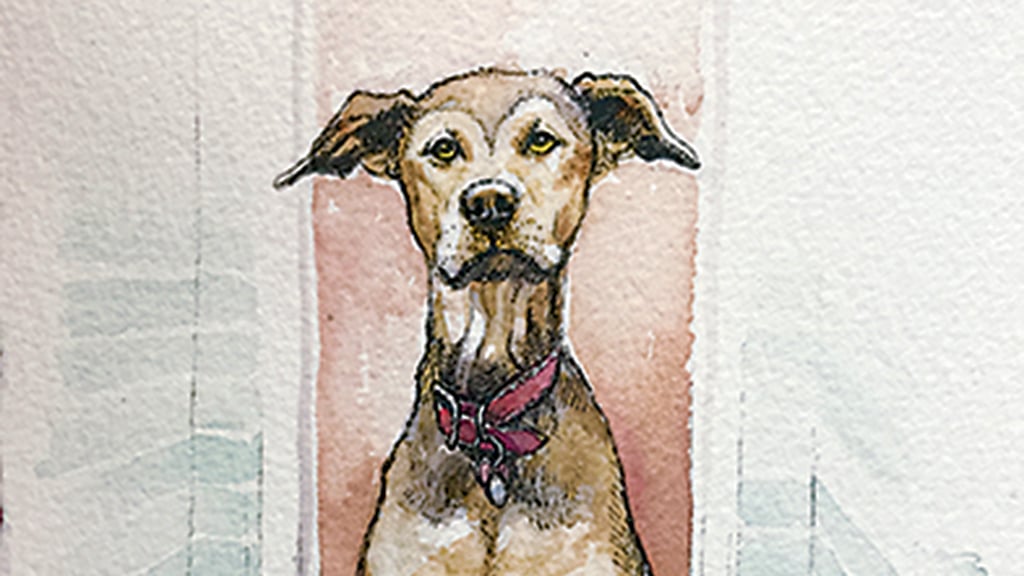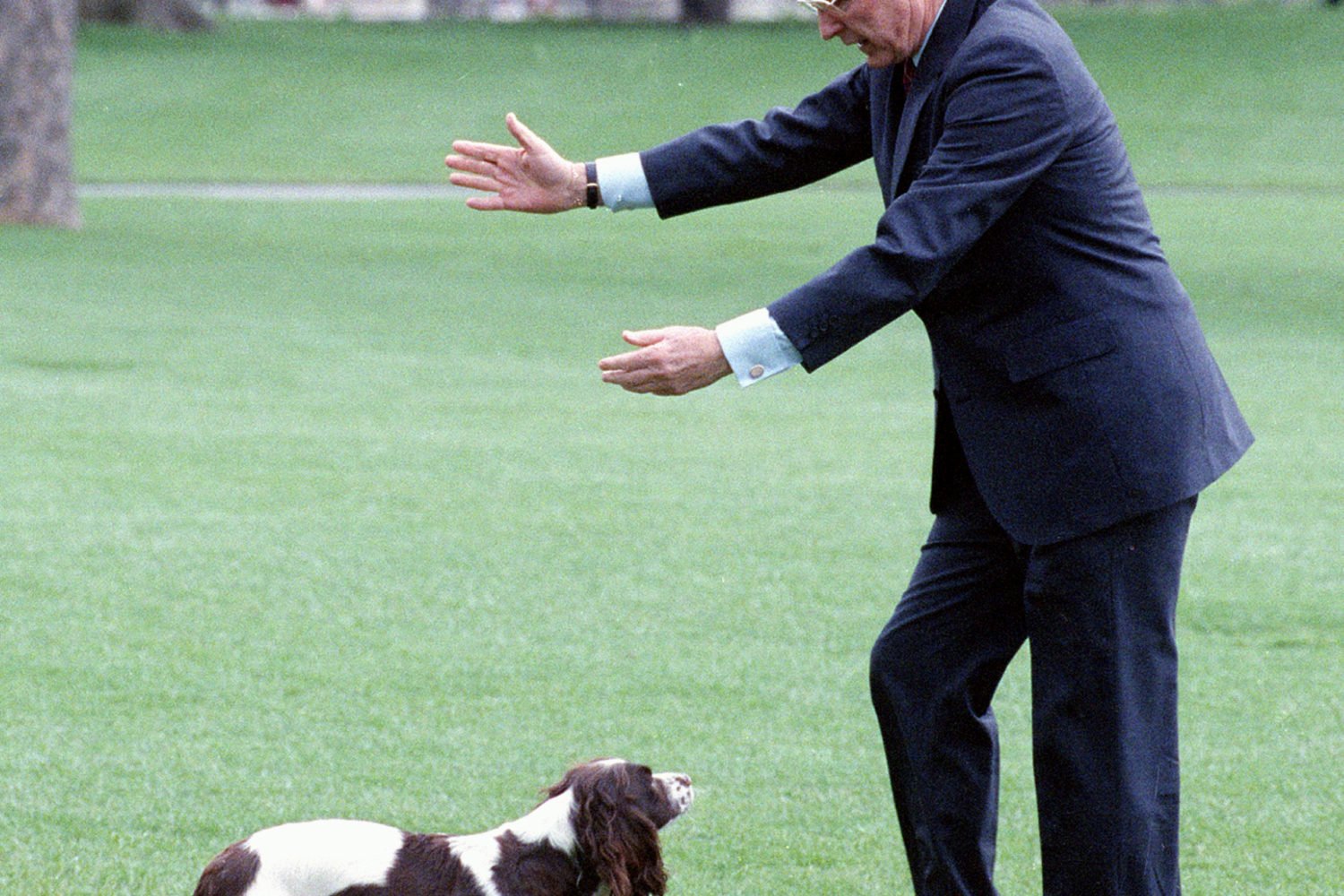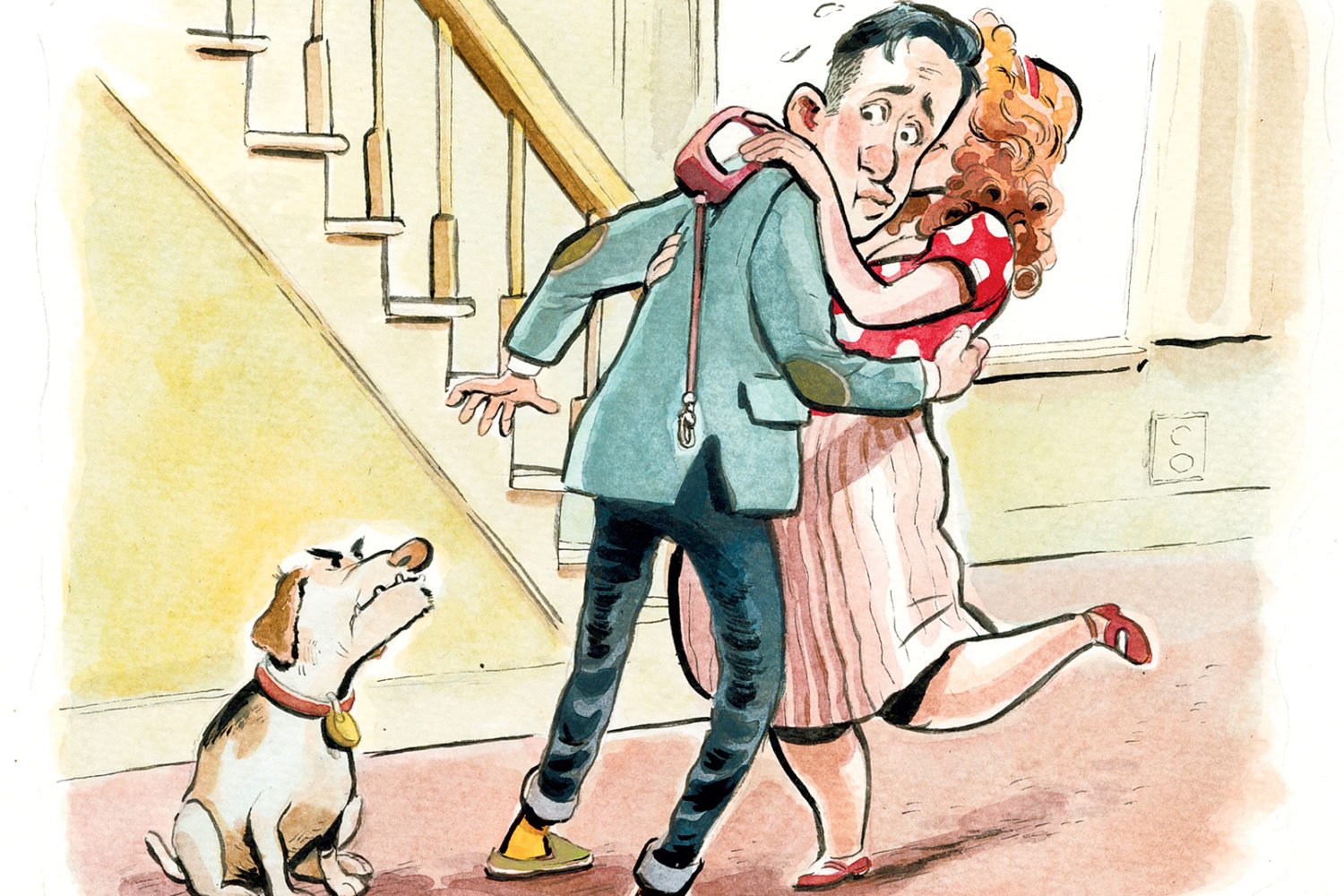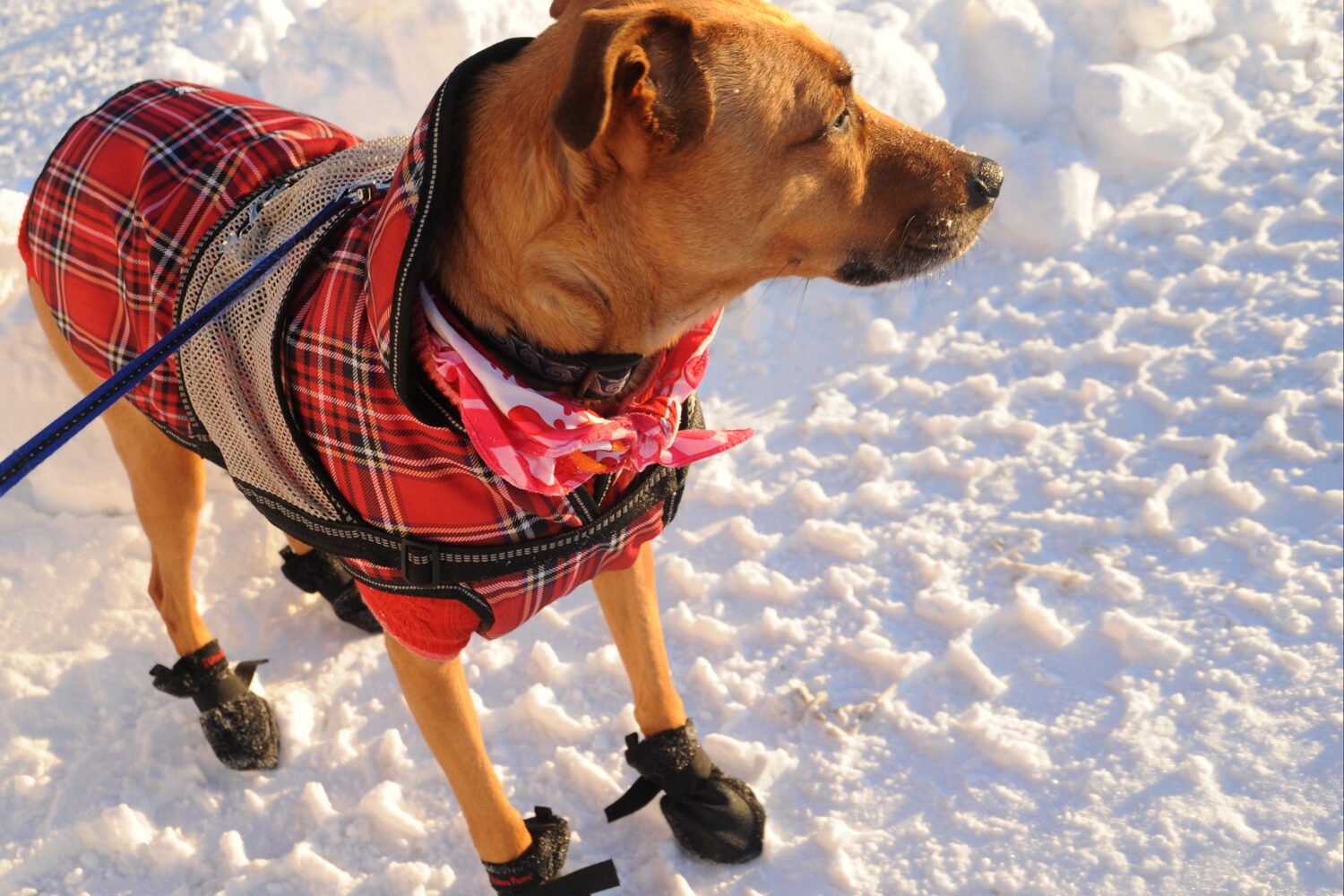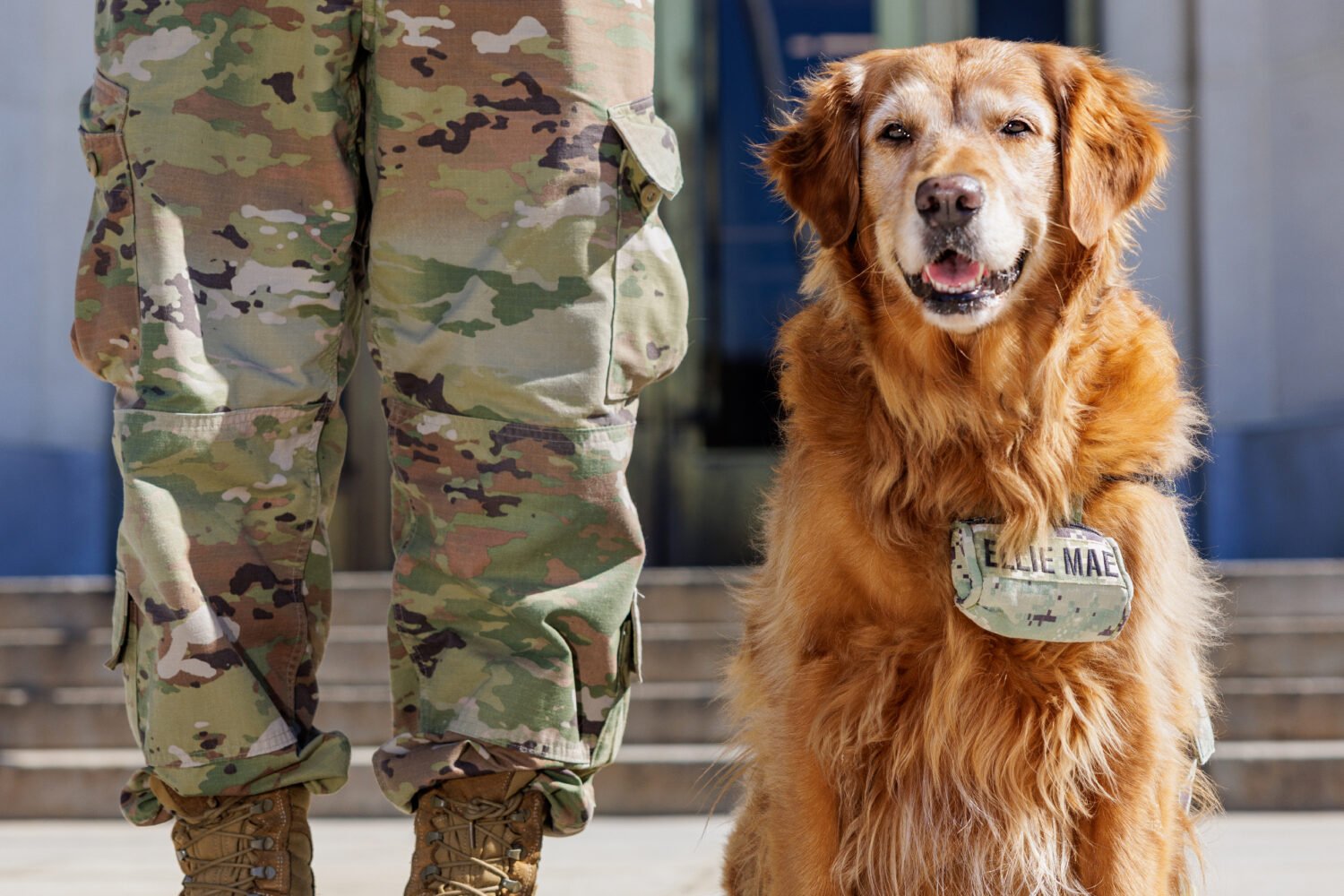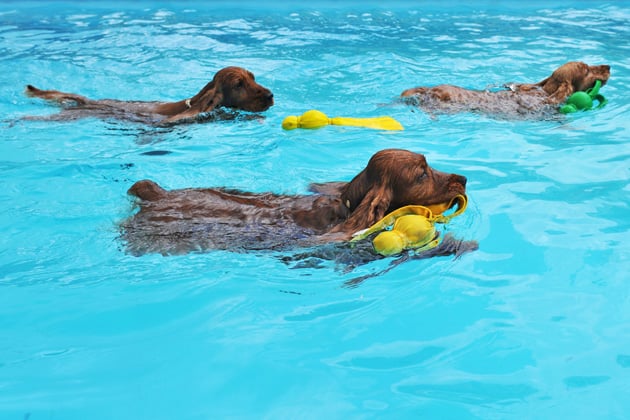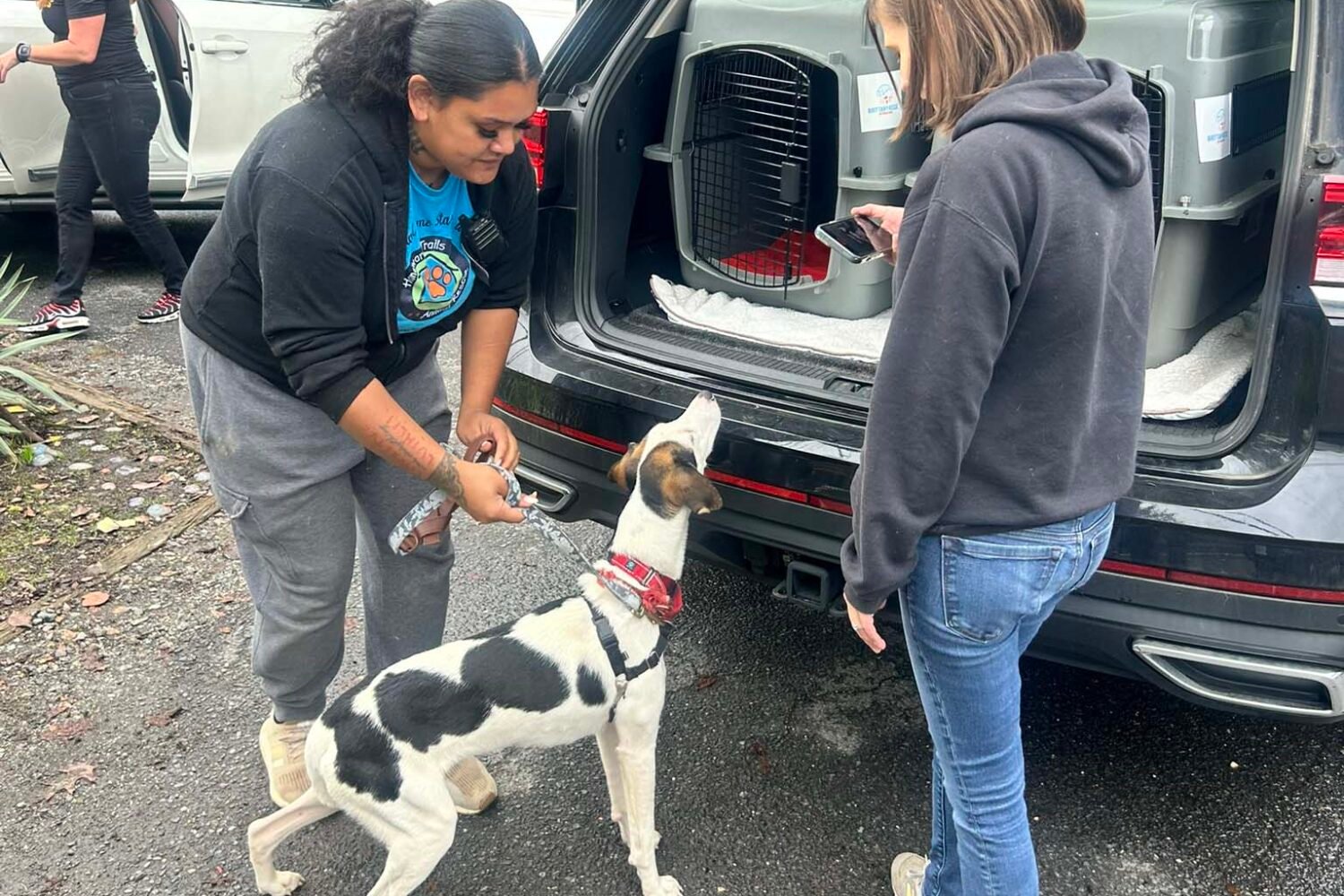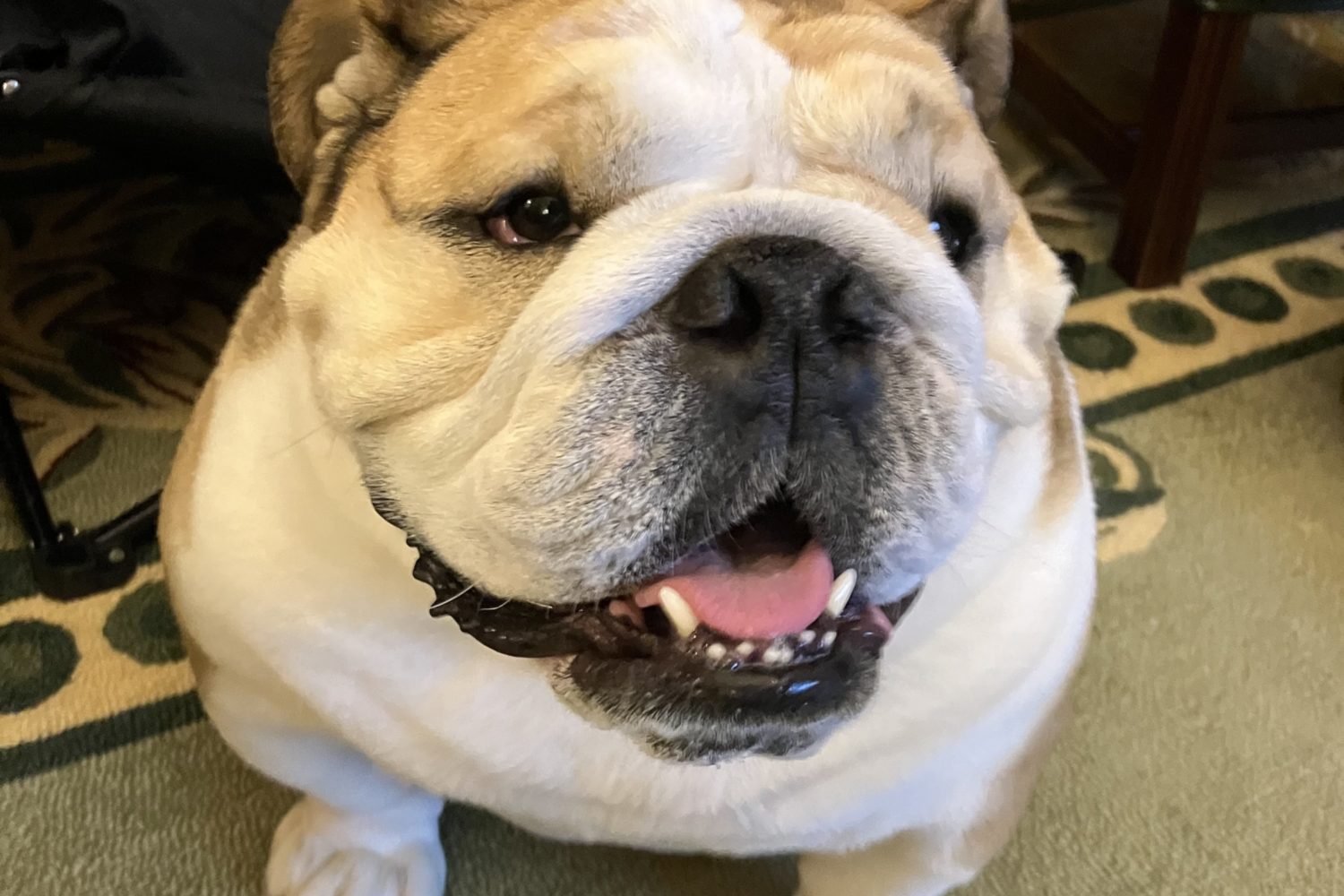Just over an hour from DC, in a little Fauquier County town called Bealeton, is an unremarkable patch of land overgrown with weeds. If a pair of local war veterans get their way, it will soon be home to a monument for military dogs, with a bronze statue of a three-legged German shepherd named Isky as its centerpiece.
The real Isky lives 15 miles from the site. Nowadays, the seven-year-old dog chews his red Kong toy, scarfs treats, and takes walks. His missing leg, though, hints at his former life. In 2014, he and his handler, Army sergeant Wess Brown, were patrolling in Afghanistan when they were ambushed. With bombs going off, Brown hustled to get his dog back into their vehicle. Isky’s front right leg got caught on the stairs and broke in six places. Brown was badly injured.“I didn’t care,” he says. “I was worried about him.”
By then, the duo had a history. They had met on a military base in Germany, where Brown had already handled two other Army canines. But Isky was different. “There’s a bond that as a canine handler, if you reach it, is the ultimate goal,” he explains. “Me and Isky had that right away. It’s a mutual feeling of ‘I’ll be there for you no matter what. Just take care of me and I’ll take care of you.’ ”
Together they found more than 30 improvised explosive devices and weapon caches—including a 120-pound bomb buried two feet underground that likely would have killed both troops and civilians. They helped search and secure locations for four-star generals and were handpicked to do the same for President Obama’s hotel room when he was visiting Berlin.
There are currently about 1,600 active military dogs. At the peak of the wars in Afghanistan and Iraq, the number was roughly 2,500. At a Capitol Hill ceremony last year, Isky was one of only four dogs to receive one of the highest honors for military canines—the American Humane Lois Pope Life K-9 Medal of Courage.
After the 2014 ambush, Isky and Brown recovered together for months, an experience that Brown says only made them closer. The dog underwent two major surgeries. During the first, doctors found a potentially fatal tumor, purely by coincidence, and removed it. Eventually, they had to amputate Isky’s leg.
Brown, now 28, continues to struggle with a traumatic brain injury. He and Isky are out of the military, but the dog has a new job as his certified service animal. Brown says, “He’s done more for me than I could ever do for him.”
Army veteran Russell Claar, commander of the Veterans of Foreign Wars post near Isky’s home, met Brown and his dog a couple of years ago when they started attending VFW meetings together. Claar, 71, was blown away by Isky’s story: “He’s a hero.”
A local real-estate agent had recently offered to donate a small piece of land to the VFW. Brown suggested to Claar that they use the property as a place to honor Isky and all military dogs. They’ll soon begin fundraising, and Claar hopes construction of the Isky statue will begin next year.
Until then, he and the other VFW members will keep honoring their three-legged compatriot in simpler ways. For instance, at their meetings, refreshments include both Dunkin’ Donuts and bone-shaped dog treats. While the human veterans discuss the month’s business, Isky settles into his own bed, beneath a portrait of himself in canine military gear.
“C’mon, boy,” Brown says when it’s time to leave. Isky pops up and follows his partner out the door.
This article appears in the July 2017 issue of Washingtonian.





